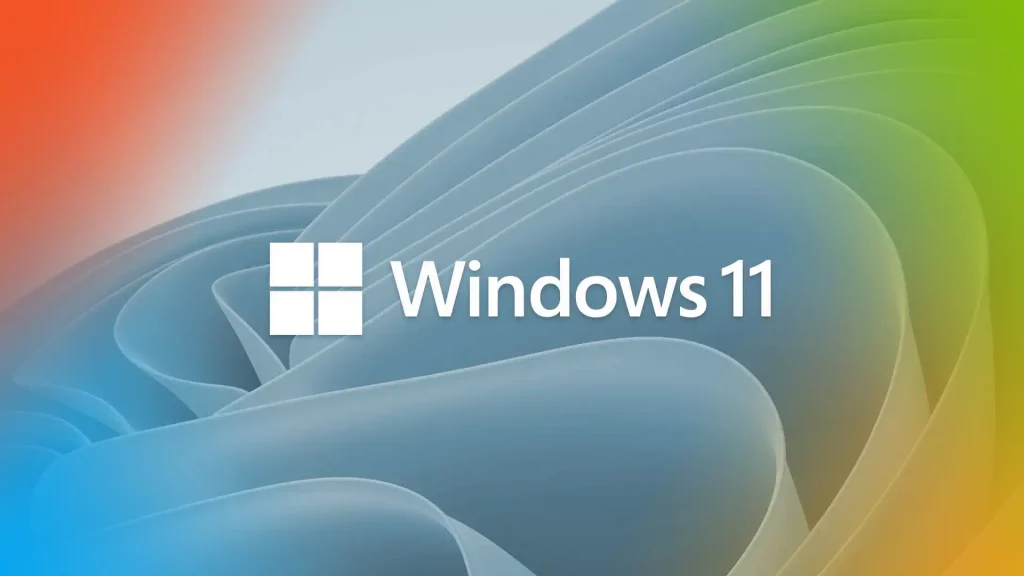Introduction to Node.js
Node.js is an open-source, cross-platform, back-end JavaScript runtime environment that runs on the V8 engine and executes JavaScript code outside a web browser. Originally introduced in 2009 by Ryan Dahl, Node.js has become a popular tool for creating scalable and efficient network applications. It is designed to build scalable network programs such as web servers, making it ideal for handling multiple connections simultaneously.
Core Features of Node.js
Node.js is primarily known for its non-blocking, event-driven architecture. This design choice enables asynchronous input/output operations, enhancing its ability to handle multiple operations concurrently. This section delves deeper into the core features that set Node.js apart from traditional server-side programming environments.
Asynchronous and Event-Driven
All APIs of Node.js library are asynchronous, that is, non-blocking. This means that a Node.js-based server never waits for an API to return data, preventing server lag. The server moves to the next API after calling it and a notification mechanism of Node.js helps the server to get a response from the previous API call.
Single-Threaded but Highly Scalable
Node.js uses a single-threaded model with event looping. This event mechanism helps the server to respond in a non-blocking way and makes the server highly scalable as opposed to traditional servers which create limited threads to handle requests. Node.js uses fewer resources to handle more connections under typical web loads.
Uses JavaScript
Since Node.js applications are written in JavaScript, it allows developers to use a single programming language for both server-side and client-side scripts. This can lead to greater efficiency in the development of web applications.
V8 JavaScript Engine
The V8 engine, originally developed by Google for the Chrome browser, compiles JavaScript directly to native machine code before executing it, resulting in increased performance of any applications built on Node.js.
Understanding the Node.js Runtime Environment
Node.js operates on a low-level, non-blocking, event-loop-powered behavior, primarily aimed at optimizing throughput and scalability in web applications and servers. Here is how the typical Node.js environment is structured:
Event Loop
The event loop is at the heart of Node.js’s non-blocking I/O feature. It handles all asynchronous callbacks. The loop runs in the same thread as the Node.js application and performs non-blocking I/O operations directly, delegating operations that can’t be performed quickly to a pool of worker threads.
Node.js Libraries
Node.js has a rich library of various JavaScript modules which simplifies the development of web applications using Node.js to a great extent.
Popular Use-Cases of Node.js
Node.js can be used for diverse applications, such as:
- Web Development: It’s often used on the backend in web development owing to its asynchronous, event-driven nature which makes it suitable for handling concurrent requests.
- API services: Node.js can be used for building simple to complex RESTful services and APIs, which are scalable and maintain performance under heavy loads.
- Real-Time Applications: Specific frameworks in Node.js, like Socket.io, are immensely effective in the real-time exchange of data for applications like chats, gaming apps, and live updates.
- Microservices Architectures: Owing to its lightweight nature, Node.js serves as a good fit for microservices, which is an approach to architecture that structures an application as a collection of loosely coupled services.
Getting Started with Node.js
To begin developing with Node.js, you will need to install the Node.js runtime and npm (the Node package manager) on your machine. Afterwards, setup is simple:
- Create a new directory for your application and navigate into it.
- You can initialize a new Node.js project by running
npm initin the command line, which will guide you through creating apackage.jsonfile to manage your application’s metadata and dependencies. - Create a
server.jsfile, write your JavaScript code, and run it usingnode server.jsfrom your command line.
Conclusion
Node.js continues to adapt and evolve, pushing the limits of what JavaScript can do, and changing how developers think about back-end development. With its event-driven architecture and efficient performance, Node.js represents a major move forward for developing scalable and resource-optimized web applications.







